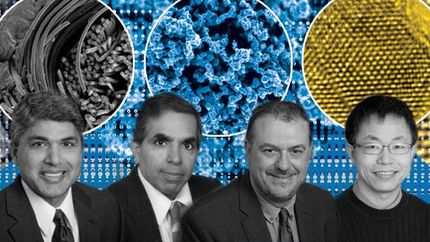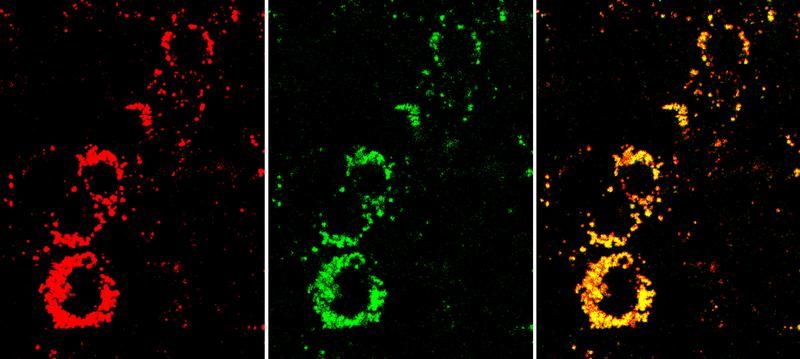INN-BALANCE starts long-term tests on BoP components for Fuel Cell Electric Vehicles with new partner on board
fuel cells are a mature technology ready for scale-up in the automotive market. It is now about advancing manufacturing through reducing costs of production, while increasing the overall efficiency and reliability of fuel cell systems in cars. These are the goals of INN-BALANCE. The EU funded research and innovation project focuses on the Balance of Plant components, developing new features for the supply of hydrogen and air to the stack and improved concepts for the thermal management and control of the fuel cell system.
On the road towards the scale-up of fuel cell powered mobility the FCH JU funded project INN-BALANCE reached an important step with the test of components developed for the Balance of Plant (BoP) in automotive fuel cell systems. BoP functions comprise the injection and recirculation of hydrogen at the anode, the air supply at the cathode of the fuel cell system as well as its overall control system and thermal management. The aim is to bring on the market an optimized Balance of Plant bearing higher efficiency and lower costs compared to the state-of-the-art. For the next year and a half the INN-BALANCE team scrutinizes performance and durability of each component individually and on system level. With CEVT, an innovation centre for automotive engineering within the Geely group, a new partner joined the team. CEVT ensures the smart integration of INN-BALANCE components into a vehicle platform.
Extended schedule for long-term tests of components set
First tests of the components developed by INN-BALANCE already run in partners’ labs. Insights gathered in this phase of individual parts testing lay the ground for the assessment of their interoperability with the fuel cell stack on the test benches of PowerCell. The later step is particularly decisive as it will reveal the system’s overall performance, its efficiency and robustness.
“The tests allow pinpointing flaws in the individual components’ design and in the system architecture, thus telling us exactly where to put our focus in re-engineering. For our goal is to deliver components that in terms of durability and lifetime do not lag behind pieces in conventional cars. Making mobility more sustainable in every regard is the main driver of the INN-BALANCE project,” explains coordinator Thibaud Mouton.
To fulfill this ambition, partners will reserve more time for testing and revision. The FCH JU thus granted the project an extension of activities until January 2021.
Accelerating the rollout of FCEVs by gathering the best of global expertise
The new schedule also allows evaluating different options for the packaging of components in the vehicle. Easy and space-saving mounting of components are crucial factors in automotive manufacturing, having a great impact on costs and scalability of production. The rollout of FCEVs thus significantly depends on improvements in this regard.
With China Euro Vehicle Technology service CEVT having joined the project in July 2019, globally renowned manufacturing expertise adds to the consortium’s engineering competences. CEVT will provide its Compact Modular Architecture (CMA), to simulate integration of INN-BALANCE components in an actual car.
“The platform already serves manufacturing of conventional cars today and could do the same for future Fuel Cell Electric Vehicles, using the components of INN-BALANCE.”, says Benjamin Harwood, who leads the INN-BALANCE activities in CEVT. “At CEVT we are excited to be a part of this project and contribute to setting manufacturing standards for future Fuel Cell Electric Vehicles,” he adds. Insights gathered from the vehicular platform simulation will prepare the way for the commercialization and exploitation of INN-BALANCE components in marketable products.
Accordingly, next steps of project partners are to further consolidate the components’ designs and send the approved parts to PowerCell for testing their functioning and interoperability in a fuel cell system test bench. The project will conclude its activities with the integration of components into the CEVT vehicular platform.
Other news from the department science

Get the chemical industry in your inbox
By submitting this form you agree that LUMITOS AG will send you the newsletter(s) selected above by email. Your data will not be passed on to third parties. Your data will be stored and processed in accordance with our data protection regulations. LUMITOS may contact you by email for the purpose of advertising or market and opinion surveys. You can revoke your consent at any time without giving reasons to LUMITOS AG, Ernst-Augustin-Str. 2, 12489 Berlin, Germany or by e-mail at revoke@lumitos.com with effect for the future. In addition, each email contains a link to unsubscribe from the corresponding newsletter.





























































